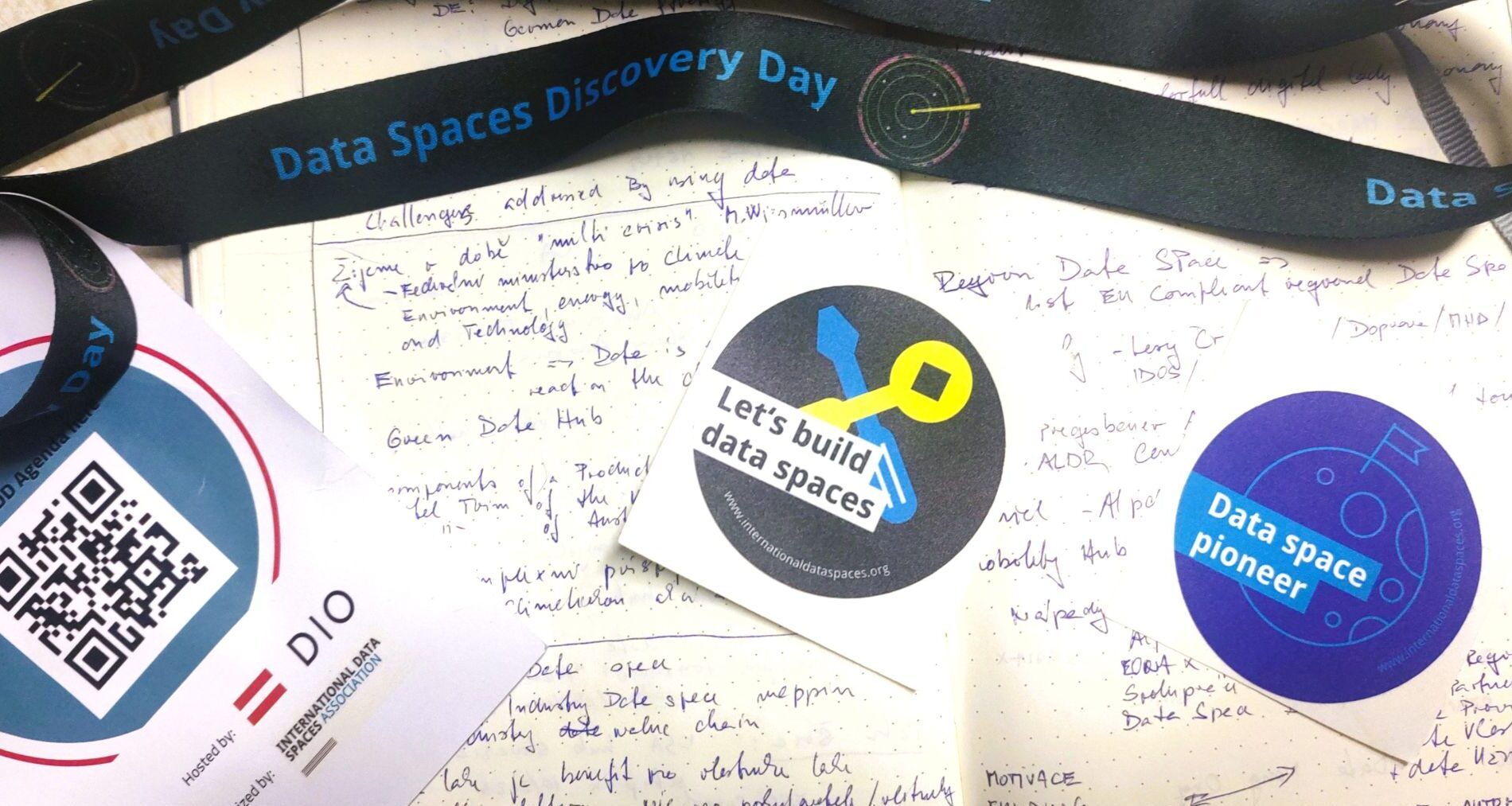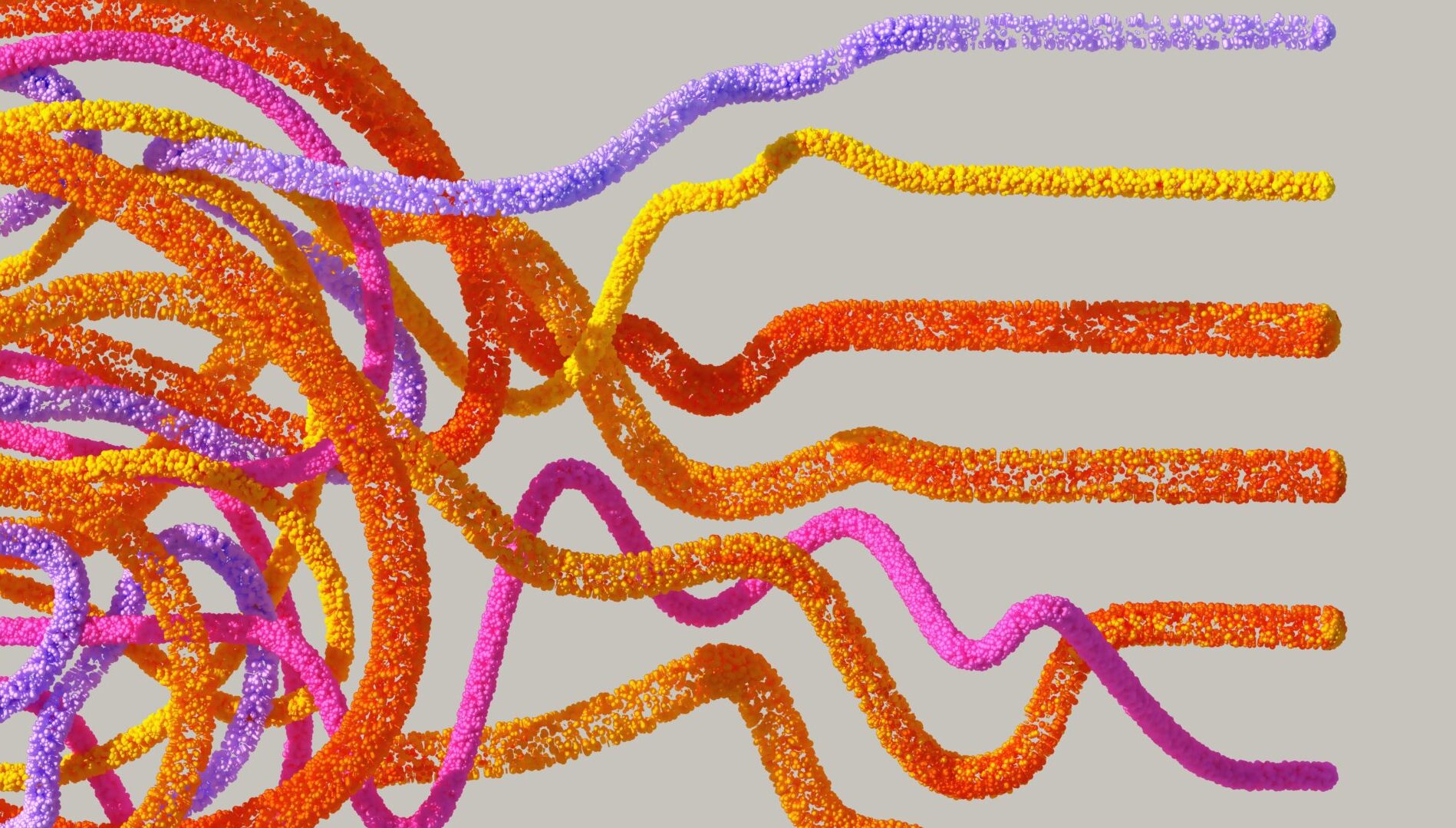PROJECTS by ESA
The first one is DARTT, which is also a completed one.
DARTT aims to provide an end-to-end solution for public transport providers in rural areas of South-Eastern Europe to deploy on-demand transport services.
Users and their needs:
- DARTT targets private bus/coach companies in Greece (KTEL) that operate regular bus services over specific areas.
- Tourists face difficulties when using public transport in less touristically developed rural areas, such as a language barrier, lack of information on e-booking, timetables, routes, and pricing, and difficulty in finding related information.
- Other stakeholders interested in DARTT may include hotel associations, who want to see the transport links of the area improved
The DARTT Kickstart activity has been completed, and the following milestones have been achieved:
- Questionnaires and presentations were sent to potential customers, and interviews were conducted with pilot customers and regional/tourism stakeholders.
- The service concept was developed and improved based on customer and stakeholder feedback.
- The main value proposition was validated by pilot customers.
- The initial technical design, technology selection, and provisioning model of the service were completed, and the service was deemed technically feasible.
- A small Apple iOS app was created to demonstrate the product to interested customers.
- The Final Review was successfully completed with ESA in early June 2021.

The DARTT service concept functions by using a robotic arm attached to a tether that is deployed from a servicing spacecraft to the target satellite.
Here’s how it works:
- Launch: The DARTT servicing spacecraft is launched into space.
- Rendezvous: The DARTT spacecraft then rendezvous with the target satellite that needs to be serviced.
- Tether deployment: Once in range, the robotic arm is extended and the tether is deployed to connect the servicing spacecraft with the target satellite.
- Docking: The robotic arm then moves along the tether and attaches to the target satellite.
- Servicing: With the robotic arm attached to the target satellite, the DARTT spacecraft can perform various servicing tasks, such as refueling, repairs, and upgrades.
- Undocking: Once the servicing is complete, the robotic arm detaches from the target satellite, and the tether is retracted back to the servicing spacecraft.
- Return: The DARTT spacecraft then returns to Earth for reuse.
The key advantage of the DARTT service concept is that it enables in-orbit servicing of satellites without the need for the target satellite to be specifically designed for servicing. The robotic arm can be customized to fit various types of satellites, making it a flexible and adaptable solution for servicing a wide range of satellites.
The other one is AMOR.
AMOR is a project that aims to improve the conservation and restoration of ancient monuments in Rome, while also enhancing the experience for visitors. The project provides information to site managers about the condition of the monuments and tracks visitor behavior, while also offering a mobile app with certified information and mixed reality experiences for visitors.
The project is targeted towards various public institutions responsible for safeguarding monuments and cultural visitors to Rome.
AMOR uses Earth Observation satellites and Global Navigation Satellite Systems to monitor and analyze the condition of cultural assets in Rome, with a focus on detecting potential issues for preventive maintenance. This includes using Synthetic Aperture Radar sensors and Multispectral sensors to detect movements, map weed vegetation, and contribute to vulnerability calculations.
- The project successfully completed a six-month pilot phase, during which over 40 analyses were performed and distributed to end-users, increasing their awareness of conservation efforts.

The AMOR service concept functions by using a robot to perform various tasks on a spacecraft autonomously, without the need for human intervention.
Here’s how it works:
- Launch: The AMOR spacecraft is launched into space.
- Rendezvous: The AMOR spacecraft then rendezvous with the target spacecraft that needs to be serviced.
- Inspection: Once in range, the AMOR spacecraft uses its sensors and cameras to perform a detailed inspection of the target spacecraft.
- Servicing: Based on the results of the inspection, the AMOR robot can perform various servicing tasks, such as repairing damaged components, replacing failed parts, and installing upgrades.
- Autonomy: The AMOR robot is designed to operate autonomously, without the need for human intervention. It can make decisions based on the data it collects, and can even adapt to unexpected situations.
- Return: Once the servicing is complete, the AMOR spacecraft can return to Earth for reuse.
The key advantage of the AMOR service concept is that it enables autonomous servicing of spacecraft, which can reduce the cost and risk associated with human intervention. The AMOR robot can also perform tasks more efficiently than humans, as it does not require life support systems and can work for extended periods without rest.
Hope you find this useful and inspirational. Go ahead!
Your DIH
Resources
AMOR, https://business.esa.int/projects/amor
DARTT, https://business.esa.int/projects/dartt
“Space for tourism” thematic call,
https://business.esa.int/sites/business/files/Scope%20-%20Space%20for%20Tourism.pdf
Space for tourism, https://business.esa.int/funding/space-for-tourism
ESA space solutions, https://business.esa.int/




















